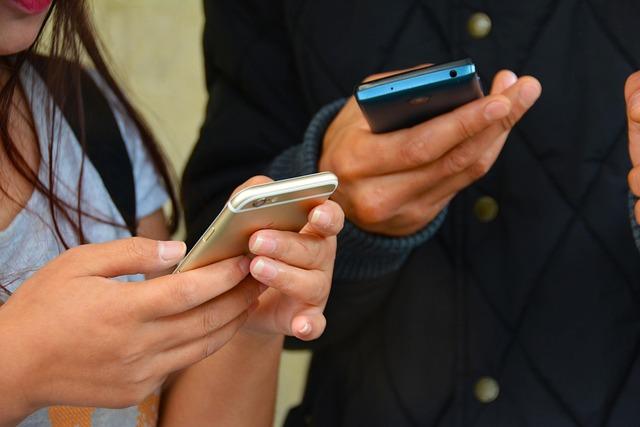 For many nonprofits, the yearly annual report is often just another task on a very long to-do list. Most charities are juggling a lot—development, program maintenance, fundraising, and more—and the annual report can feel like yet another mandatory routine project. One that often gets handled at the last minute without much intentional care and effort.
For many nonprofits, the yearly annual report is often just another task on a very long to-do list. Most charities are juggling a lot—development, program maintenance, fundraising, and more—and the annual report can feel like yet another mandatory routine project. One that often gets handled at the last minute without much intentional care and effort.
Even though annual reports are an industry standard, most nonprofits don’t realize how fruitful an effective annual report can be. An annual report that prioritizes storytelling, transparency, interactivity, and more can actually bolster donation solicitation efforts and become a lucrative fundraising tool.
Before we jump into the nitty gritty of strategic annual reporting, let’s cover the basics.
What is an annual report?
Think of an annual report as a “year in review”—like a yearbook of sorts, but for donors, supporters, and partners to look at the highlights of any given year at your organization. Of course, a lot can happen in a year (nonprofits know that best), but with an annual report, you can summarize all the year’s milestones including your impact, accomplishments, new developments, and more.
Annual reports can be created and presented in a variety of ways—both digitally and in print. Depending on the needs, audience, or even constraints of the individual nonprofit, you might choose to create a printed booklet or pamphlet (which could then be mailed to supporters and donors or handed out at events). Or, in line with more frequent developments in the space, you could turn to digital software tools to create an annual report that intrigues readers with more vibrant visual elements like photos, videos, and clickable links.
What does an annual report include?
Every nonprofit’s annual report is different, depending on its mission, values, impact, audience, and more. However, most organizations include a few standard elements:
- Stated mission and values
- Accurate financial data
- Examples of impact
- Major accomplishments
- Program and initiative assessments
- Event highlights and recaps
- Donor and board member lists
- Contact information
Though every nonprofit is required to submit a Form 990, most organizations take their reporting a step further and create a yearly review that includes more audience-centric material (like the topics listed above).
Now that we’ve covered the basics, let’s dig into the best part of annual reporting—the ability to create the ultimate fundraising tool.
5 Ways Effective Annual Reporting Drives Donations
Details



 This week the groundhog told us it’s going to be an early spring!
This week the groundhog told us it’s going to be an early spring!

 A couple of years ago I wrote about
A couple of years ago I wrote about 

 Did you ever wonder if there is a foolproof way to communicate with donors?
Did you ever wonder if there is a foolproof way to communicate with donors?
 Babies can teach you the same thing.
Babies can teach you the same thing.